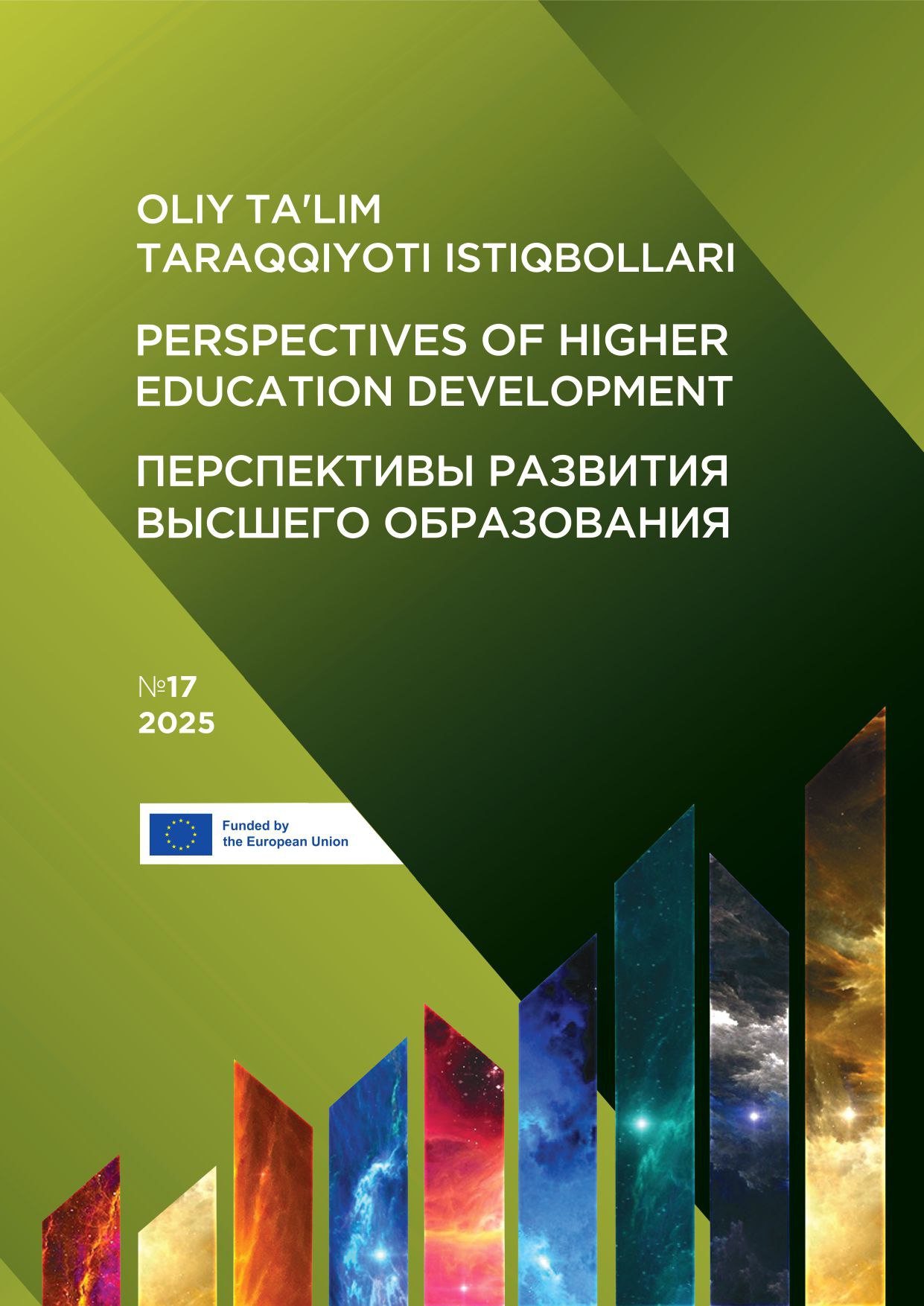TEACHING THE MAIN FEATURES OF SIMULTANEOUS AND CONSECUTIVE TRANSLATION IN HIGHER EDUCATION
DOI:
https://doi.org/10.34920/phe.2024.17.05Keywords:
interpreting techniques, interpreter training, note-taking strategies, interpreter methods, interpretation schools, multilingual communication, diplomatic interpretation, conference interpreting, legal and medical interpreting, interpreter education, cross-cultural communicationAbstract
This article not only supports interpreter training but also fosters critical thinking, analytical reasoning, and effective communication skills among students. In particular, the cognitive intensity of simultaneous interpreting helps students improve decision-making under pressure and mental resilience. In our fast-paced, interconnected world, communication across languages is more essential than ever. From international conferences to cross-border legal negotiations, interpreters are at the heart of helping people understand each other. Two major interpreting styles such as simultaneous and consecutive interpretation are widely used today, each has its own pace, skill set, and advantages. Simultaneous interpretation is commonly used in live events, where interpreters translate speech in real time, often with the help of headsets and soundproof booths. This method demands intense concentration and quick processing. On the other hand, consecutive interpretation takes place in segments: the speaker talks, pauses, and the interpreter relays the message often with the support of structured notes and strong memory skills.

